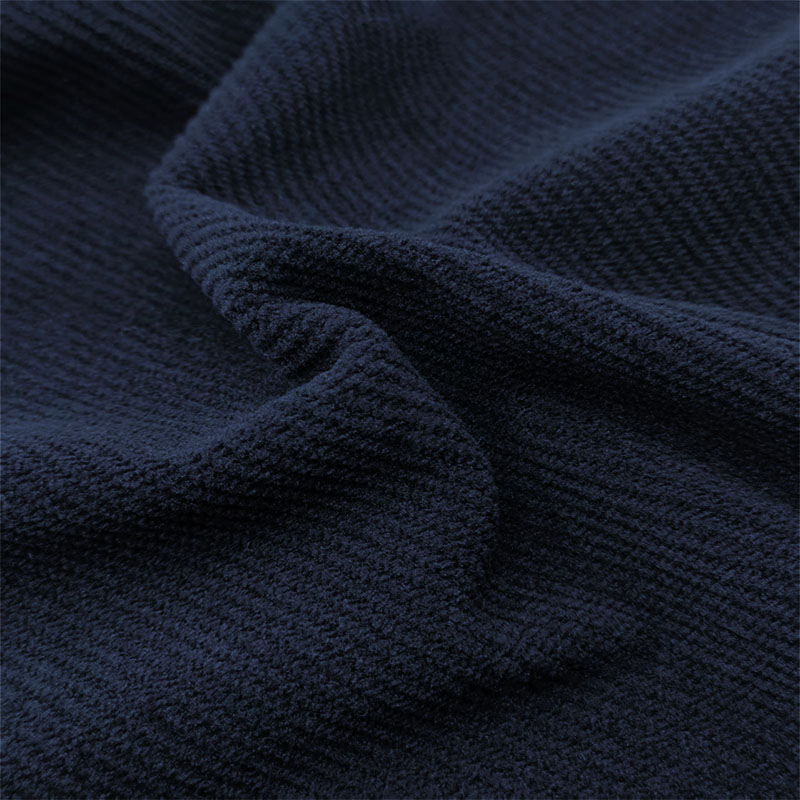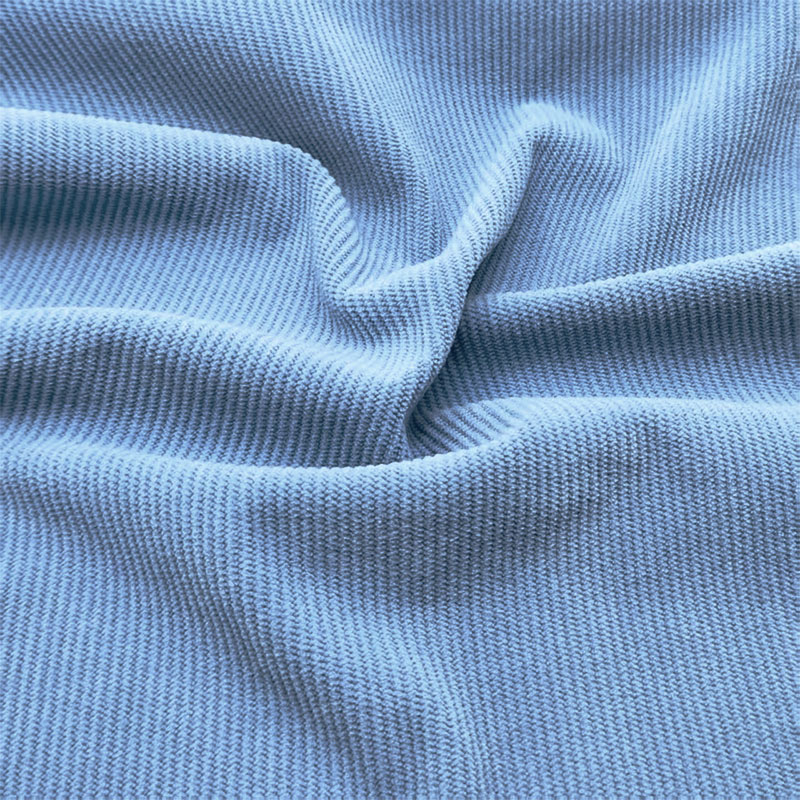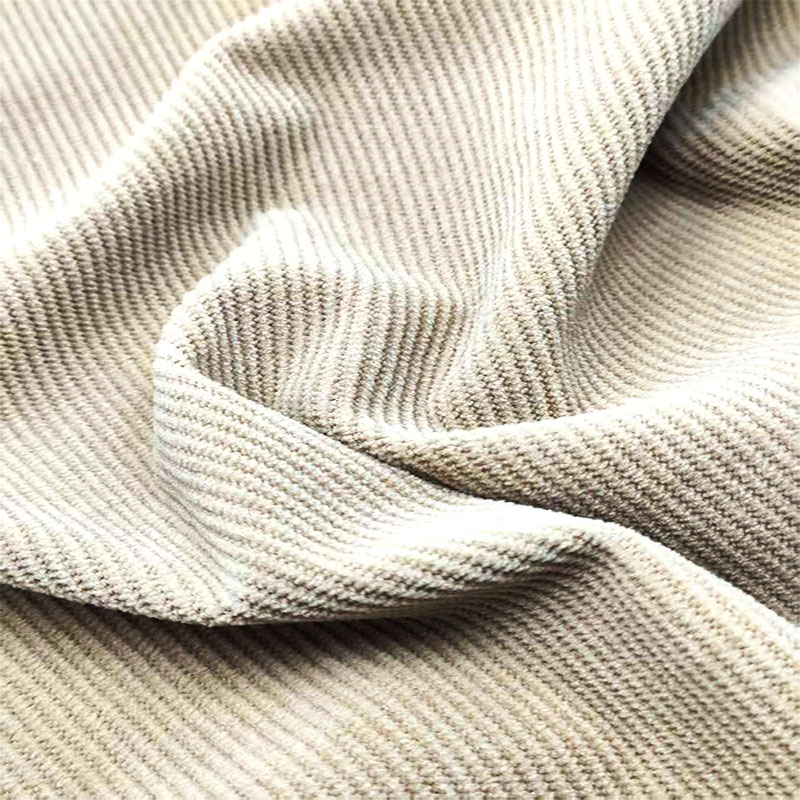In 2025, the global fashion industry’s demand for functional, cost-effective, and adaptable fabrics continues to rise—and cloth polyester remains at the forefront of this trend. As a fabric that balances durability, versatility, and affordability, polyester cloth has transcended its early reputation as a “synthetic alternative” to become a staple in both fast fashion and high-end design. For brands, manufacturers, and retailers in the fashion supply chain, understanding how polyester cloth is shaping current trends, where it’s being applied, and what its future holds is critical to staying competitive. This article breaks down the role of polyester cloth in today’s fashion landscape, with insights tailored to industry professionals and businesses looking to optimize their fabric selections.
Current Trends of Cloth Polyester in the Fashion Industry
The fashion industry’s relationship with cloth polyester is evolving rapidly, driven by consumer demands for sustainability, functionality, and style. Here are the most impactful trends defining its use in 2025:
Sustainable Polyester Cloth Takes Center Stage
Eco-consciousness is no longer a niche concern—it’s a mainstream requirement. Brands are increasingly adopting “recycled polyester cloth” (a high-value long-tail keyword for Google SEO) made from post-consumer plastic bottles or textile waste. For example, major fast-fashion retailers now use 100% recycled polyester cloth in activewear lines, while luxury brands are incorporating recycled polyester blends into eveningwear to reduce environmental impact. This trend not only aligns with global sustainability goals but also resonates with Gen Z and millennial consumers, who prioritize ethical purchasing.
Performance-Driven Polyester Cloth for Active and Leisure Wear
The “athleisure” trend shows no signs of slowing down, and polyester cloth is its backbone. Modern polyester fabrics are engineered with moisture-wicking, anti-odor, and stretchable properties—making them ideal for yoga pants, running tops, and even casual loungewear. Consumers now expect clothing that works as hard as they do, and polyester cloth delivers: it dries faster than cotton, retains its shape after repeated washes, and resists wrinkles. For Foreign trade independent station, highlighting these performance features can attract B2B buyers like activewear brands or sportswear retailers.
Textured and Aesthetic Polyester Cloth for Fashion-Forward Designs
Gone are the days when polyester cloth was associated with “cheap, shiny fabric.” Today, manufacturers are using advanced weaving techniques to create textured polyester cloth—such as ribbed knits, matte finishes, and even “faux silk” polyester—that mimics the look and feel of natural fibers. High-end designers are using these textured polyester fabrics to craft blazers, dresses, and skirts that blur the line between synthetic and natural. This trend expands the application of polyester cloth beyond activewear into everyday and formal fashion, opening up new markets for suppliers.
Key Applications of Cloth Polyester Across Fashion Categories
Polyester cloth’s versatility makes it a go-to fabric for nearly every fashion category—a selling point that should be front-and-center for businesses targeting global buyers. Here’s how it’s being used:
Activewear & Sportswear: As mentioned, moisture-wicking and stretchable polyester cloth is the primary fabric for leggings, sports bras, jackets, and swimwear. Its resistance to chlorine (for swimwear) and sweat (for gym clothes) makes it indispensable for this sector.
Casual Wear: From t-shirts and hoodies to jeans (polyester-cotton blends) and shorts, polyester cloth adds durability and shape retention to everyday pieces. Brands often blend polyester with cotton to combine the breathability of cotton with the longevity of polyester.
Outerwear: Heavy-duty polyester cloth (e.g., polyester canvas or ripstop polyester) is used in jackets, coats, and windbreakers. It’s water-resistant, lightweight, and easy to layer—perfect for outdoor and cold-weather fashion.
Formal & Evening Wear: Recycled polyester satin and chiffon are now common in dresses, blouses, and suits. These fabrics offer the luxe sheen of silk at a lower cost and with better wrinkle resistance, making them popular for both affordable and luxury formalwear lines.
Kids’ Fashion: Parents prioritize durability and easy care, and polyester cloth delivers. Kids’ clothing made with polyester resists stains, holds up to rough play, and can be machine-washed repeatedly without fading—making it a top choice for children’s brands.
Future Prospects of Cloth Polyester in the Fashion Industry
The future of cloth polyester in fashion is not just about “staying relevant”—it’s about leading innovation. Here are three developments that will shape its role in the coming years:
Advanced Sustainable Innovations
Research into “bio-based polyester cloth” (another high-potential SEO keyword) is accelerating. Unlike traditional polyester (made from petroleum), bio-based polyester is derived from renewable resources like corn starch or sugarcane. While still in early stages, this technology could eliminate polyester’s reliance on fossil fuels, making it even more attractive to eco-focused brands. Additionally, closed-loop recycling systems—where old polyester clothing is broken down and reused to make new cloth—will become more scalable, reducing textile waste and lowering production costs.
Smart Polyester Cloth with Tech Integration
The rise of “smart fashion” will drive demand for polyester cloth embedded with technology. For example, polyester fabrics treated with conductive threads can monitor body temperature (ideal for activewear or medical clothing), while UV-protective polyester cloth will gain traction as consumers become more aware of sun damage. These tech-enhanced fabrics will open up new niches for fashion brands—and for suppliers who can offer customized polyester solutions.
Increased Customization for Niche Markets
As fashion becomes more personalized, buyers will seek polyester cloth tailored to specific needs: think flame-retardant polyester for workwear, hypoallergenic polyester for baby clothing, or lightweight, packable polyester for travel fashion. That highlight their ability to provide custom polyester cloth (e.g., specific weights, finishes, or functionalities) will stand out to B2B clients looking to differentiate their products.
Conclusion
For fashion industry professionals—from brands and designers to retailers and manufacturers—cloth polyester is more than a fabric: it’s a strategic asset. Its current trends (sustainability, performance, texture), wide-ranging applications (activewear to formalwear), and innovative future (bio-based, smart, customized) make it a cornerstone of modern fashion. By staying ahead of these developments, businesses can leverage polyester cloth to meet consumer demands, reduce costs, and expand their market reach. Whether you’re sourcing recycled polyester for an eco-line or high-performance polyester for sportswear, partnering with a reliable supplier of quality polyester cloth is key to success in 2024 and beyond.
Post time: Aug-29-2025



